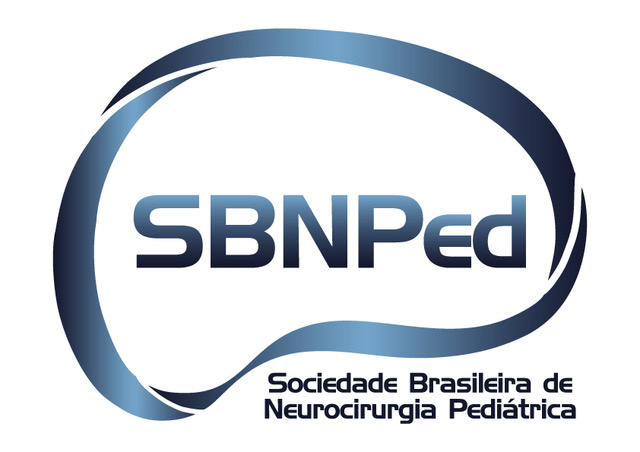Imaging differentiation on extra-axial fluid collections: a clinical Image.
DOI:
https://doi.org/10.46900/apn.v3i3(September-December).96Keywords:
Infant, chronic subdural hematoma, benign external hydrocephalus, magnetic resonance, surgical evacuation.Abstract
A 3 month – old male patient with a history of seizures presents to the Pediatric neurosurgery department with his parents, on initial evaluation a head circumference of 47.5 cm (> percentile 99 on the WHO chart) was seen. A brain MRI was performed and an extra axial fluid collections (Chronic subdural hematoma and benign external hydrocephalus) was diagnosed. His parents refer a normal delivery without any complication and the medical history and records denied any previous trauma.
A neurosurgical evacuation of the subdural hematoma was performed, and a complete improvement of his seizure was seen on 3 months follow up.
Benign external hydrocephalus (BEH) has been proposed as a risk factor for the presence of chronic subdural hematoma (SDH) in infants (1). The SDH formation in the presence of BEH has been reported to be a venous rupture either spontaneously or following minor trauma from the bridging veins traversing the subdural/subarachnoid space (Red arrow , image D ) that are stretched with enlarged extra?axial collections (2).
Epidemiologically there are striking similarities between these entities (3) that can be differentiated by some MRI findings.The signs that help us in the differentiation are: the subarachnoid layer visible (yellow arrow image B, showing a displaced subarachnoid layer downward by a fluid between it and the dura) the absence of the cortical vein sign and the differential on fluid intensity on T1-T2 weighted images (Images A,B,C,D) (4). Surgery evacuation is necessary for the patients with chronic subdural hematoma associated with BEH and neurological signs of increased intracranial pressure like macrocrania, seizures and altered level of consciousness (Image F , showing the subdural space without hematoma and the subarachnoid layer downward it ) (5).
Downloads
References
1. Ghosh PS, Ghosh D. Subdural hematoma in infants without accidental or nonaccidental injury: benign external hydrocephalus, a risk factor. Clinical pediatrics. 2011 Oct;50(10):897-903.
2. Papasian NC, Frim DM. A theoretical model of benign external hydrocephalus that predicts a predisposition towards extra-axial hemorrhage after minor head trauma. Pediatric neurosurgery. 2000;33(4):188-93.
3. Zahl SM, Wester K, Gabaeff S. Examining perinatal subdural haematoma as an aetiology of extra?axial hygroma and chronic subdural haematoma. Acta Paediatrica. 2020 Apr;109(4):659-66.
4. Aoki N. Extracerebral fluid collections in infancy: role of magnetic resonance imaging in differentiation between subdural effusion and subarachnoid space enlargement. Journal of neurosurgery. 1994 Jul 1;81(1):20-3.
5. Lee HC, Chong S, Lee JY, Cheon JE, Phi JH, Kim SK, Kim IO, Wang KC. Benign extracerebral fluid collection complicated by subdural hematoma and fluid collection: clinical characteristics and management. Child's Nervous System. 2018 Feb;34(2):235-45.

Additional Files
Published
How to Cite
Issue
Section
License
Copyright (c) 2021 Felipe Gutierrez Pineda

This work is licensed under a Creative Commons Attribution 4.0 International License.

When publishing in Archives of Pediatric Neurosurgery journal, authors retain the copyright of their article and agree to license their work using a Creative Commons Attribution 4.0 International Public License (CC BY 4.0), thereby accepting the terms and conditions of this license (https://creativecommons.org/licenses/by/4.0/legalcode).
The CC BY 4.0 license terms applies to both readers and the publisher and allows them to: share (copy and redistribute in any medium or format) and adapt (remix, transform, and build upon) the article for any purpose, even commercially, provided that appropriate credit is given to the authors and the journal in which the article was published.
Authors grant Archives of Pediatric Neurosurgery the right to first publish the article and identify itself as the original publisher. Under the terms of the CC BY 4.0 license, authors allow the journal to distribute the article in third party databases, as long as its original authors and citation details are identified.


























